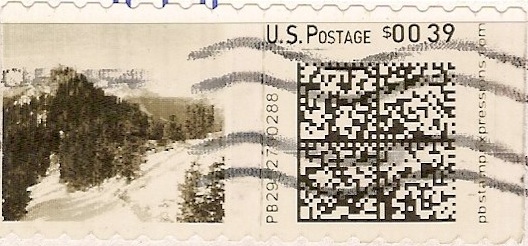 |
ComputerStamps
|
| Illustration 1 |
|---|
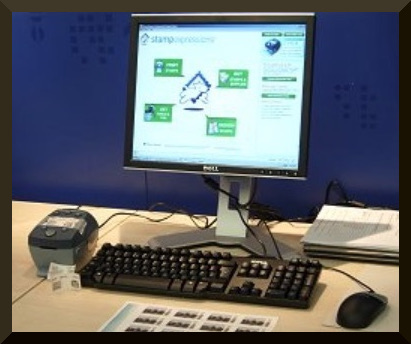
|
| Illustration 2 |
|---|
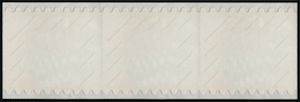
|
 |
ComputerStamps
|
| Illustration 1 |
|---|

|
| Illustration 2 |
|---|

|
| Illustration 3 |
|---|

|
| Illustration 4 |
|---|

|
| Illustration 5 |
|---|
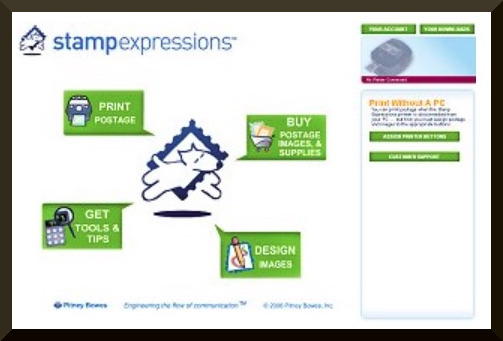
|
| Illustration 6 |
|---|
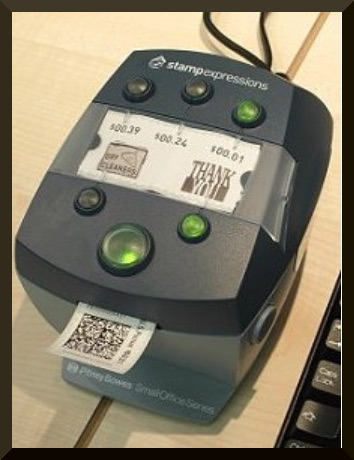
|
| Illustration 7 |
|---|
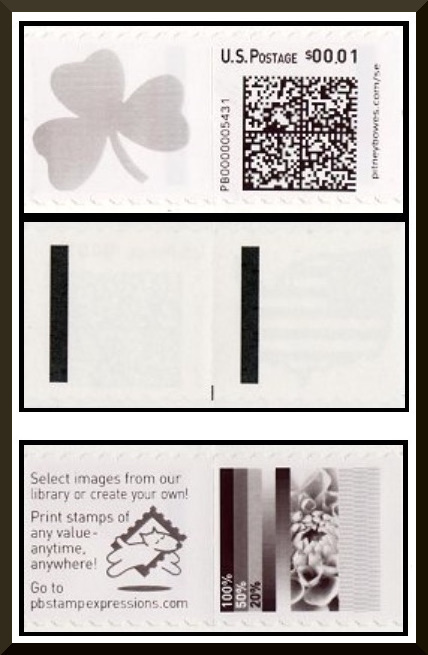
|